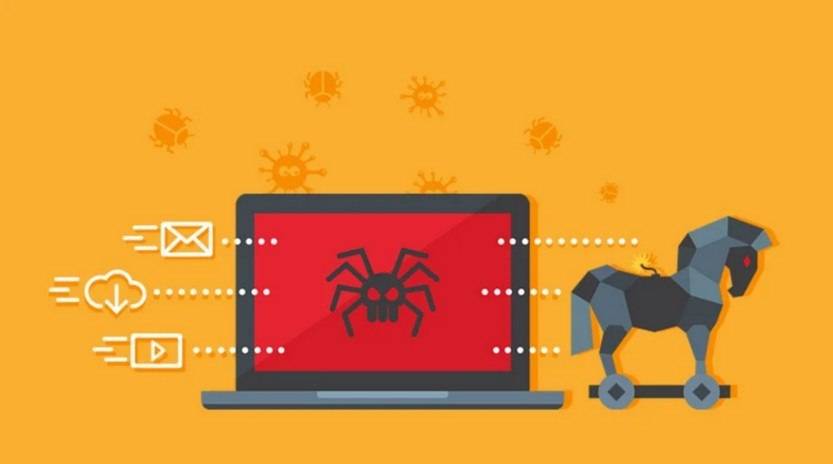Scam phone calls have become an increasingly common occurrence in recent years, with scammers constantly finding new ways to deceive unsuspecting individuals. One particular scam that has gained significant attention is the ‘Telstra Technical Department’ scam phone call. This article aims to provide a comprehensive overview of this scam, including what it is, how it works, what to do if you have fallen victim, technical details, and relevant statistics.

What is the ‘Telstra Technical Department’ Scam?
The ‘Telstra Technical Department’ scam is a type of phone scam that targets individuals by impersonating Telstra, a leading telecommunications company in Australia. Scammers typically pose as Telstra technical support representatives and contact potential victims, claiming that there is a problem with their internet connection or computer. They use various tactics to convince individuals that their devices are compromised and that immediate action is required to resolve the issue.
How Does the Scam Work?
The ‘Telstra Technical Department’ scam operates through a series of carefully crafted steps designed to deceive victims and gain access to their personal information or financial details. Here is a breakdown of the typical scam process:
- Initial Contact: Scammers initiate the scam by making unsolicited phone calls to potential victims. They often use spoofed phone numbers to make it appear as if the call is coming from Telstra or a legitimate source.
- Impersonation: Once the call is answered, scammers impersonate Telstra technical support representatives. They may use official-sounding language and claim that they have detected suspicious activity on the victim’s internet connection or computer.
- Fear Tactics: To create a sense of urgency, scammers often employ fear tactics. They may warn the victim that their personal information is at risk or that their computer will be permanently damaged if immediate action is not taken.
- Remote Access: In many cases, scammers request remote access to the victim’s computer. They may ask the victim to download and install remote desktop software, which allows the scammer to gain control over the victim’s device.
- Information and Financial Theft: Once the scammer has access to the victim’s computer, they can steal sensitive information such as login credentials, credit card details, or even install malware or ransomware.
What to Do If You Have Fallen Victim?
If you have fallen victim to the ‘Telstra Technical Department’ scam or suspect that you may have been targeted, it is crucial to take immediate action to minimize the potential damage. Here are the steps you should follow:
- Disconnect from the Internet: As soon as you realize you are dealing with a scam, disconnect your device from the internet to prevent further unauthorized access.
- Scan for Malware: Run a thorough scan of your computer using reliable antivirus software, such as Malwarebytes Free. This will help identify and remove any malicious software that may have been installed by the scammers.
- Change Passwords: Change the passwords for all your online accounts, including email, banking, and social media. Use strong, unique passwords to enhance security.
- Contact Your Bank: If you have provided your financial details to the scammers, contact your bank immediately to report the incident and take necessary steps to protect your accounts.
- Report the Scam: Report the scam to your local authorities and the Australian Cyber Security Centre (ACSC). Providing details of the scam can help in tracking down the scammers and preventing further victims.
Technical Details of the Scam
The ‘Telstra Technical Department’ scam relies on various technical tactics to deceive victims and gain unauthorized access to their devices. Here are some technical details of the scam:
- Spoofed Phone Numbers: Scammers often use Voice over Internet Protocol (VoIP) technology to spoof phone numbers, making it appear as if the call is coming from Telstra or a legitimate source.
- Remote Desktop Software: Scammers may ask victims to download and install remote desktop software, such as TeamViewer or AnyDesk. This software allows the scammer to gain control over the victim’s computer remotely.
- Social Engineering: Scammers use social engineering techniques to manipulate victims and gain their trust. They often employ fear tactics and official-sounding language to create a sense of urgency and legitimacy.
- Data Theft and Malware: Once the scammer has access to the victim’s computer, they can steal sensitive information, install malware or ransomware, and potentially cause significant harm.
Statistics on Phone Scams
Phone scams, including the ‘Telstra Technical Department’ scam, have become a widespread issue affecting individuals worldwide. Here are some statistics that highlight the prevalence and impact of phone scams:
- In 2022, the Australian Competition and Consumer Commission (ACCC) received over 216,000 reports of scams, with losses exceeding AUD 176 million.
- Phone scams accounted for approximately 30% of all reported scams in Australia in 2022.
- According to the Federal Trade Commission (FTC) in the United States, phone scams resulted in reported losses of over $1.9 billion in 2021.
- Approximately 1 in 10 adults in the United States fell victim to a phone scam in 2022, according to a survey conducted by Truecaller Insights.
Summary
The ‘Telstra Technical Department’ scam is a prevalent phone scam that targets individuals by impersonating Telstra technical support representatives. Scammers use various tactics to deceive victims and gain unauthorized access to their devices, often resulting in financial loss and potential data theft. If you have fallen victim to this scam, it is crucial to take immediate action by disconnecting from the internet, scanning for malware, changing passwords, and reporting the incident to the appropriate authorities. Phone scams, including the ‘Telstra Technical Department’ scam, continue to be a significant issue globally, and individuals must remain vigilant to protect themselves from falling victim to these fraudulent schemes.










